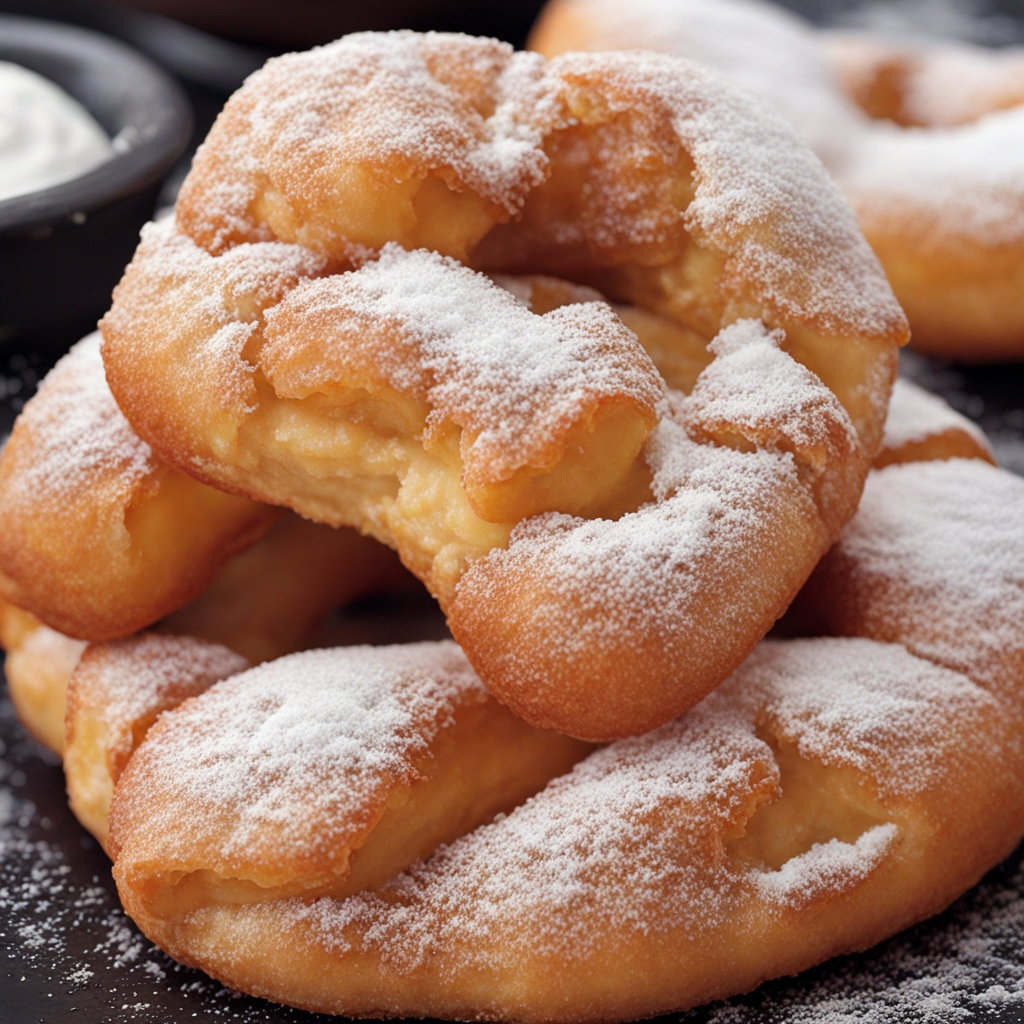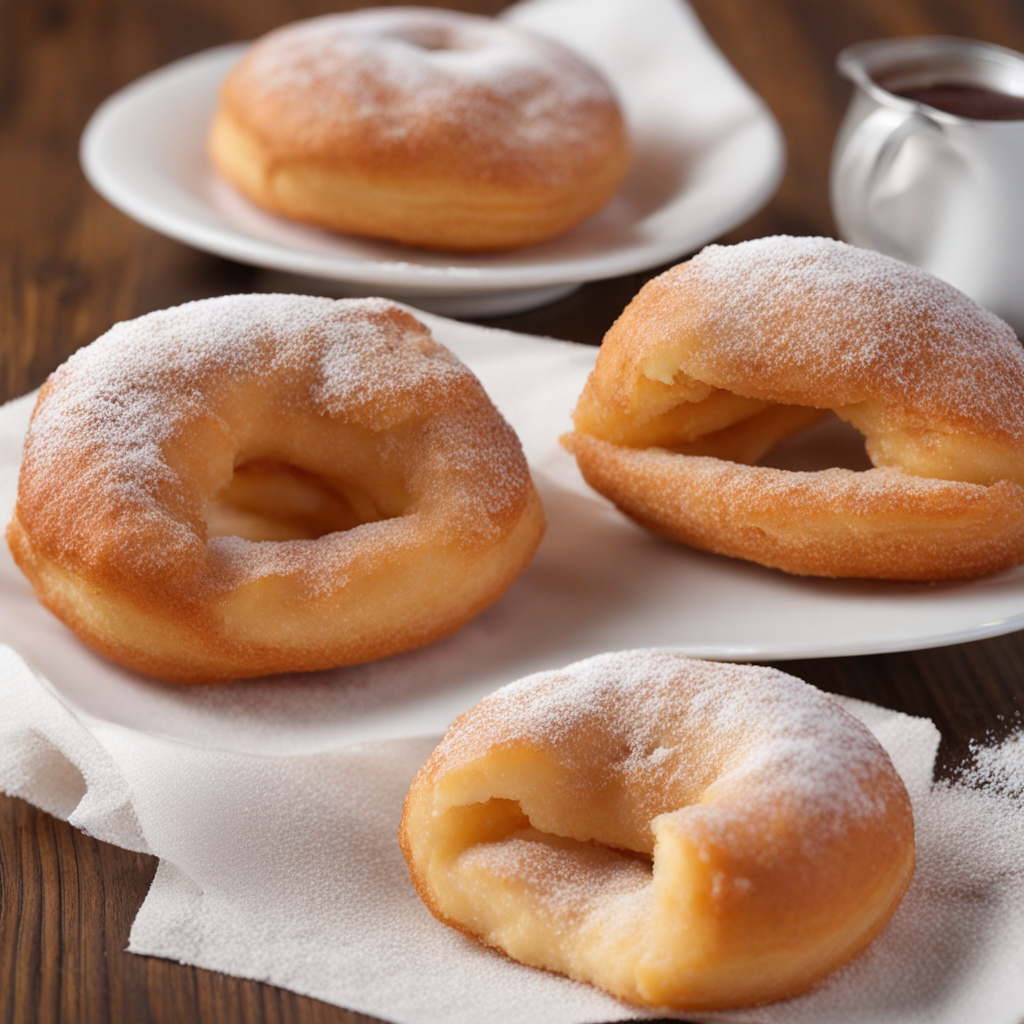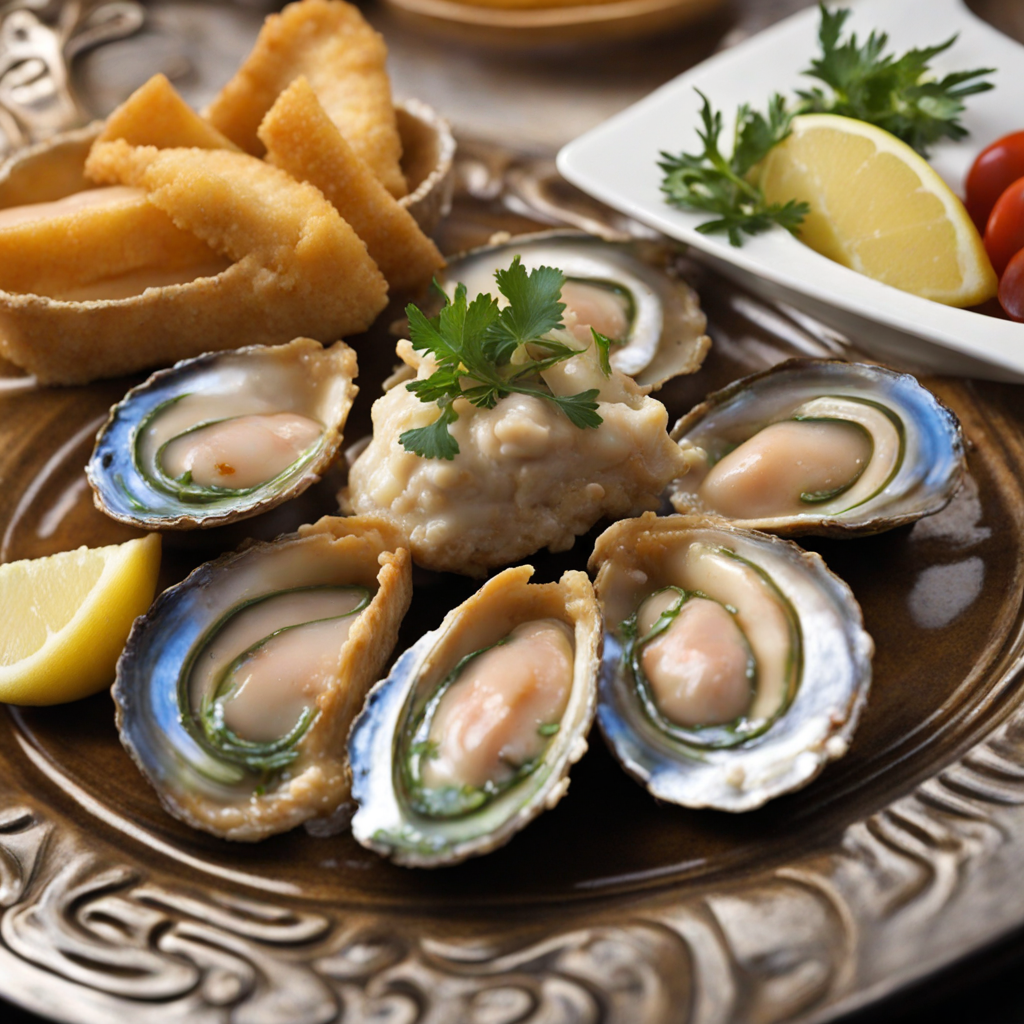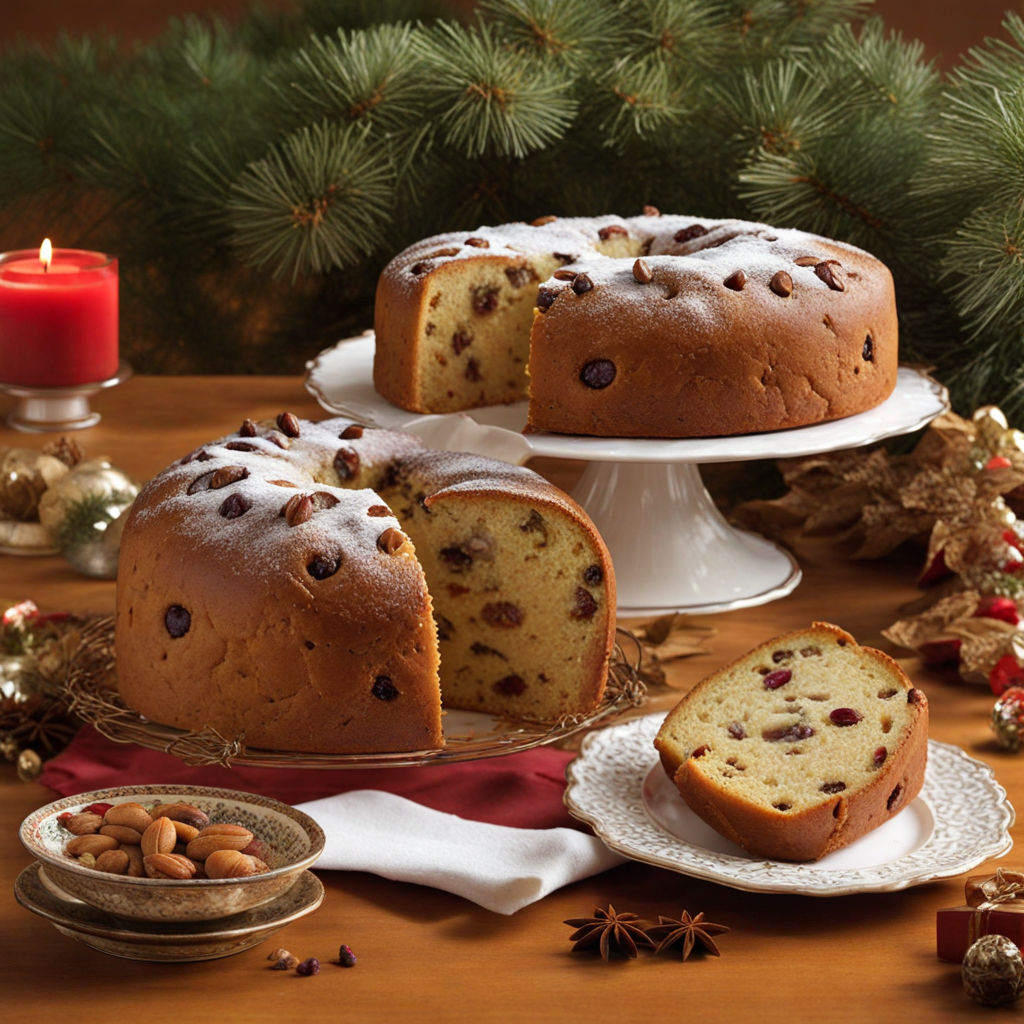Berlines
Berlines are a delightful Chilean treat that offers a unique fusion of flavors and textures, making them a must-try for anyone eager to explore new culinary experiences. These sweet pastries are similar to doughnuts but have their own distinct character. They are typically made from a soft, yeast-based dough that is rich and slightly sweet, creating a tender crumb that melts in your mouth. Once fried to a golden perfection, they are often coated in sugar, giving them a delightful crunch that contrasts beautifully with the fluffy interior. What truly sets Berlines apart is their luscious filling, which is usually a sweet fruit jam or a rich chocolate or dulce de leche cream. The most common fillings include berry jams like raspberry or strawberry, which add a burst of tartness that complements the sweetness of the pastry. Each bite is a harmonious blend of flavors, where the soft dough envelops the gooey, flavorful center, making it a satisfying treat for the palate. The combination of the crispy exterior and the warm, oozy filling creates an indulgent experience that is hard to resist. Berlines are often enjoyed during festive occasions or as a delightful snack, making them a cherished part of Chilean culture. They are commonly served warm, sometimes with a dusting of powdered sugar or a drizzle of chocolate on top for an extra touch of decadence. These pastries not only offer a taste of Chilean tradition but also provide a glimpse into the country’s vibrant culinary scene. For anyone looking to expand their taste horizons, Berlines promise a delicious adventure that captures the essence of Chile's sweet treats.
How It Became This Dish
The Sweet Journey of Berlines: A Culinary Staple of Chile In the vibrant tapestry of Chilean cuisine, few treats encapsulate the fusion of cultural influences and local flavors as profoundly as "berlines." These delightful pastries, akin to jelly-filled doughnuts, have a fascinating history that reflects the diverse cultural influences that have shaped Chile's culinary landscape. #### Origins: A European Inheritance The story of berlines begins in Europe, specifically in Germany, where they are known as "Berliner." These pastries date back to the 19th century and are characterized by their fluffy texture and rich filling, typically fruit preserves. The original Berliner dough was deep-fried, resulting in a golden exterior that encased a sweet, often fruity filling. As immigrants began to travel to the Americas, they brought their culinary traditions with them, including the beloved Berliner. In Chile, the introduction of berlines is often attributed to German settlers who arrived in the 19th century. This migration wave brought with it not only a wealth of cultural practices but also a variety of baked goods and confections. The adaptation of the Berliner to local tastes marked the beginning of its evolution within Chilean cuisine. Over time, the traditional German recipe was modified to include local flavors and ingredients, reflecting the distinct culinary identity of Chile. #### Cultural Significance Berlines have become more than just a sweet treat in Chile; they embody a sense of nostalgia and community. Traditionally, these pastries are associated with celebrations, family gatherings, and festivals. They are often enjoyed during special occasions such as birthdays, holidays, and religious festivals. In Chile, the consumption of berlines is particularly popular during the festive season of "Fiestas Patrias," which celebrates the country’s independence. The cultural significance of berlines extends beyond their mere consumption. They symbolize the blending of cultures within Chile, showcasing how immigrant communities have influenced local traditions. The German settlers’ impact on Chilean cuisine is profound, and the berline serves as a tangible connection to this historical narrative. In essence, each bite of a berline is a taste of Chile’s multicultural heritage. #### Development Over Time As berlines settled into the Chilean culinary scene, they underwent a series of transformations that reflect the nation’s evolving tastes and preferences. While the original Berliner was usually filled with fruit preserves, Chilean berlines began to feature a variety of fillings, including dulce de leche, cream, and even chocolate. This adaptability allowed them to cater to local palates and preferences, making them a versatile treat that could be enjoyed by all. The preparation of berlines also evolved over time. Traditionally, these pastries were made from a yeast-based dough that required careful kneading and rising. However, as modern conveniences became available, home bakers and commercial bakers alike began to experiment with shortcuts and variations. This led to the introduction of pre-made dough and even the use of baking instead of frying, resulting in healthier versions of the pastry. Despite these changes, the essence of the berline remained intact, continuing to be a symbol of indulgence and joy. In recent years, the popularity of berlines has surged, particularly in urban areas. Bakeries and cafes across Chile have embraced this beloved pastry, offering innovative twists on the classic recipe. Artisan shops experiment with gourmet fillings, such as exotic fruits, spices, and even savory options, creating a new wave of interest in this traditional treat. The emergence of social media has further fueled the trend, with visually stunning berlines becoming popular subjects for food photography, thereby reaching a broader audience both within and outside of Chile. #### Berlines Today: A Contemporary Delight Today, berlines are widely available in bakeries and cafes throughout Chile. They are a staple in street markets and are often sold at fairs and festivals, where vendors showcase their unique versions of the pastry. The texture, flavor, and presentation of berlines vary from shop to shop, reflecting the creativity and innovation of local bakers. A typical Chilean berline is airy and soft, dusted with powdered sugar, and filled with a generous spoonful of sweet filling. The most popular fillings remain traditional fruit preserves, such as raspberry or strawberry, but the options have expanded to include more modern flavors like passion fruit, mango, and even savory fillings like cheese. This evolution speaks to the adaptability of the pastry and its ability to resonate with contemporary tastes. Moreover, the berline has found its way into everyday life in Chile, not just as a festive treat. It has become a common snack, enjoyed with a cup of coffee or chocolate for breakfast or afternoon tea. The convenience and deliciousness of berlines have made them a beloved choice for many Chileans, solidifying their place in the national culinary identity. #### Conclusion: A Sweet Legacy The history of berlines in Chile is a testament to the power of food as a cultural connector. From their German origins to their current status as a beloved national treat, berlines embody the story of a country that has embraced diversity and adaptation. They serve as a reminder of the rich culinary heritage that shapes Chilean society and its ongoing evolution. As we bite into a soft, pillowy berline filled with sweet goodness, we not only indulge in a delicious pastry but also partake in a centuries-old tradition that reflects the melding of cultures and the joy of shared experiences. In a world that often feels increasingly divided, the humble berline stands as a delicious symbol of unity and celebration, inviting everyone to savor the sweetness of life together.
You may like
Discover local flavors from Chile







